Seeds Growing into Plants Worksheet
Are you a teacher or parent searching for engaging and educational resources for young learners? Look no further! Introducing our Seeds Growing into Plants Worksheet, designed to captivate and assist primary school students in understanding the fascinating process of seed growth.
Table of Images 👆
More Other Worksheets
Kindergarten Worksheet My RoomSpanish Verb Worksheets
Cooking Vocabulary Worksheet
DNA Code Worksheet
Meiosis Worksheet Answer Key
Art Handouts and Worksheets
7 Elements of Art Worksheets
All Amendment Worksheet
Symmetry Art Worksheets
Daily Meal Planning Worksheet
What is a seed?
A seed is a mature fertilized ovule containing the embryo of a plant, which has the potential to grow into a new plant under favorable conditions by germinating and producing a new plant.
What are the main parts of a seed?
The main parts of a seed are the seed coat, the embryo, and the endosperm. The seed coat is the protective outer covering of the seed. The embryo is the young plant-to-be that consists of a radicle, hypocotyl, plumule, and cotyledons. The endosperm is a nutrient-rich tissue that provides food for the developing embryo.
How do seeds start growing into plants?
Seeds start growing into plants through a process called germination. When a seed is provided with the right conditions including water, warmth, and oxygen, it absorbs water and swells, signaling the start of germination. This triggers the seed to break open and the embryo inside to grow roots, stems, and leaves. As the plant continues to grow, it relies on photosynthesis to produce its own food and energy, allowing it to develop into a mature plant.
What is germination?
Germination is the process by which a seed sprouts and begins to grow into a new plant. It involves the seed absorbing water and nutrients, causing it to swell and break through its outer shell. This triggers enzyme activity and metabolic processes in the seed, leading to the development of a root system and shoot that eventually emerges from the soil.
What are the important factors for seed germination?
The important factors for seed germination include water, oxygen, proper temperature, and sometimes light. Water is crucial for activating enzymes that initiate growth, while oxygen is needed for aerobic respiration. Temperature affects the rate of germination, with most seeds germinating best within a specific temperature range. Some seeds also require light for germination, as it triggers the production of hormones that promote growth. These factors working together create optimal conditions for seeds to sprout and begin their growth process.
How do seeds take in water during germination?
Seeds take in water during germination through a process called imbibition, where water is absorbed through the seed coat. When a seed is placed in a moist environment, the seed coat becomes permeable, allowing water to enter the seed. This triggers metabolic processes within the seed, leading to the activation of enzymes and the rehydration of cellular structures, which ultimately kickstarts the germination process.
What is the role of sunlight in a seed's growth?
Sunlight is essential for a seed's growth as it provides the energy needed for photosynthesis, a process where plants convert sunlight into food. This food is crucial for the seed's development and growth, helping it sprout, form leaves, and eventually grow into a mature plant. Additionally, sunlight helps regulate plant growth hormones, influences the plant's nutrient intake, and plays a role in the plant's overall health and vitality.
What is the purpose of the first root that emerges from a seed?
The purpose of the first root that emerges from a seed is to anchor the plant into the soil and to absorb water and nutrients for the growth and development of the plant. This primary root, also known as the radicle, plays a crucial role in providing stability and support to the plant as it begins its journey of growth.
What are the different stages of a seed growing into a plant?
The stages of a seed growing into a plant are typically germination, where the seed absorbs water and swells; emergence, where the plant breaks through the soil; leaf development, as the plant develops its first true leaves; vegetative growth, where the plant grows roots, stems, and more leaves; flowering, when the plant produces flowers for reproduction; and finally seed production, where the plant produces seeds for dispersal and future growth.
What are some examples of plants that grow from seeds?
Some examples of plants that grow from seeds include sunflowers, tomatoes, beans, peas, lettuce, radishes, cucumbers, corn, and pumpkins.
Have something to share?
Who is Worksheeto?
At Worksheeto, we are committed to delivering an extensive and varied portfolio of superior quality worksheets, designed to address the educational demands of students, educators, and parents.

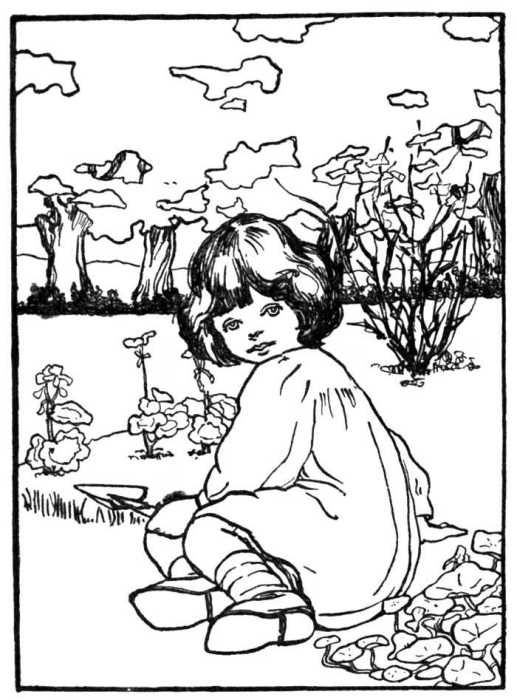



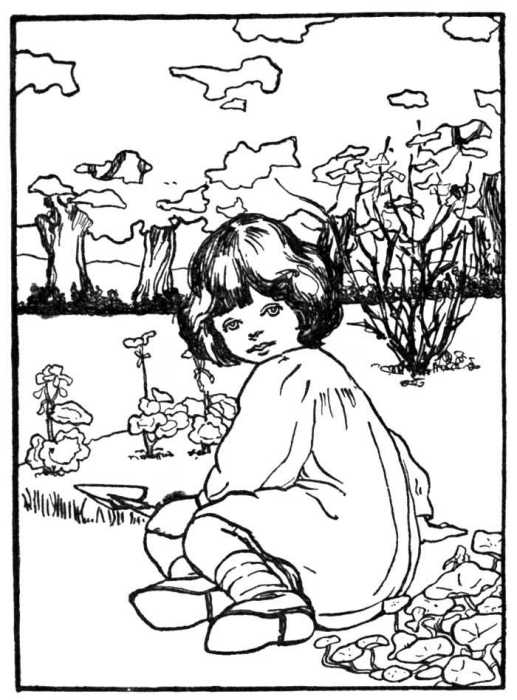
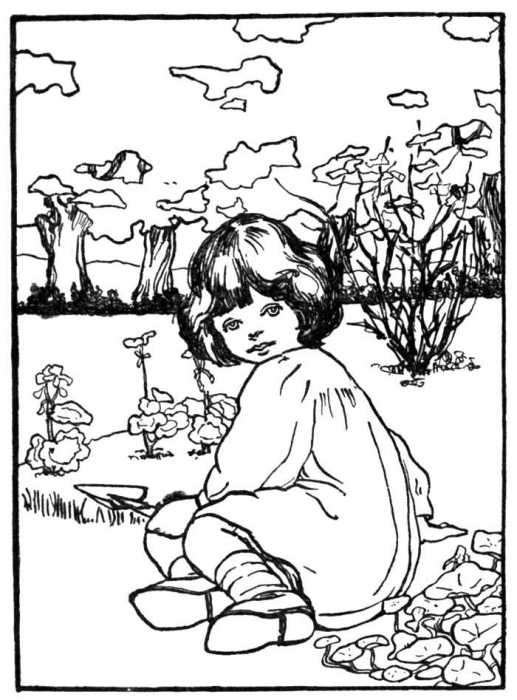
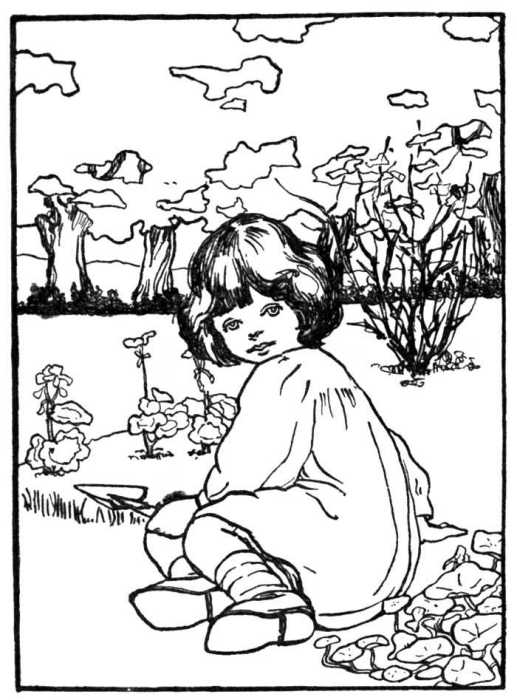
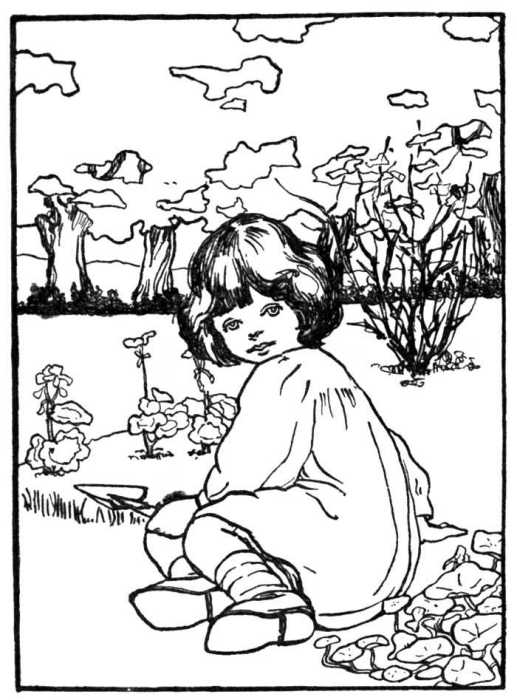
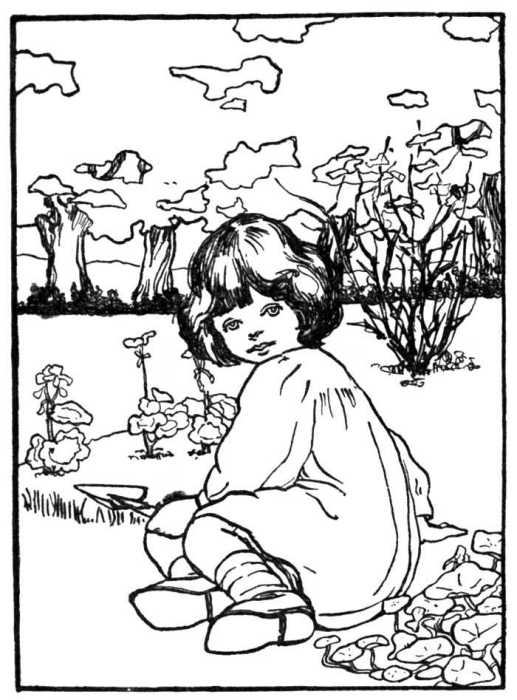
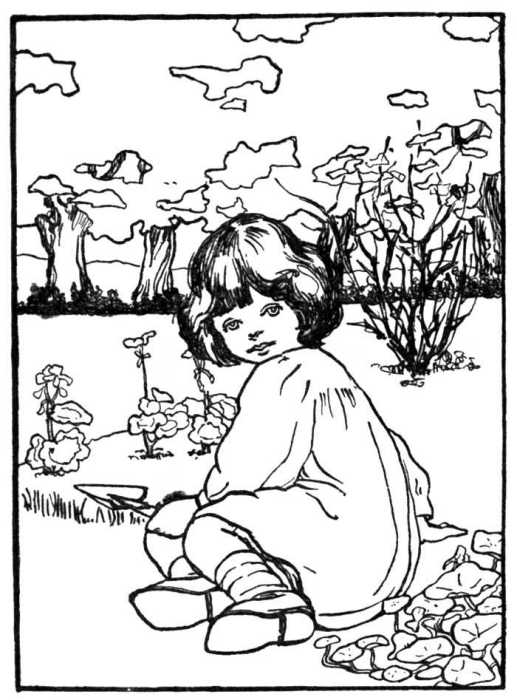
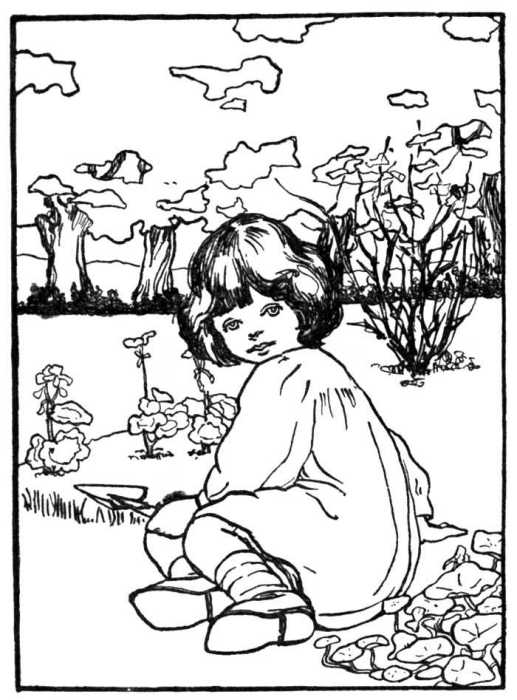
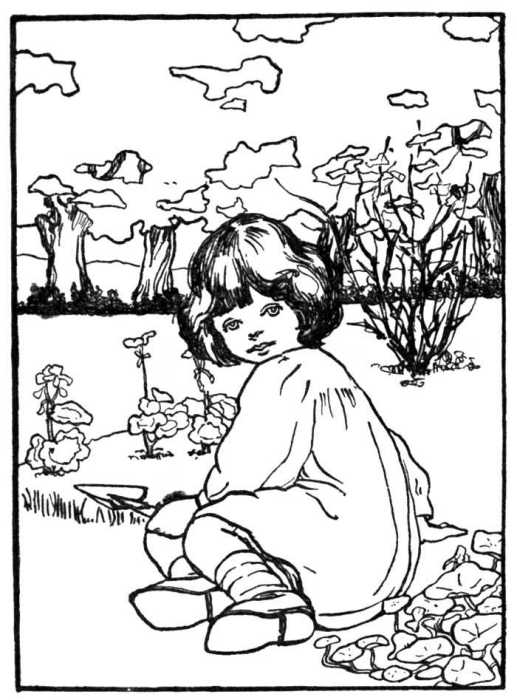
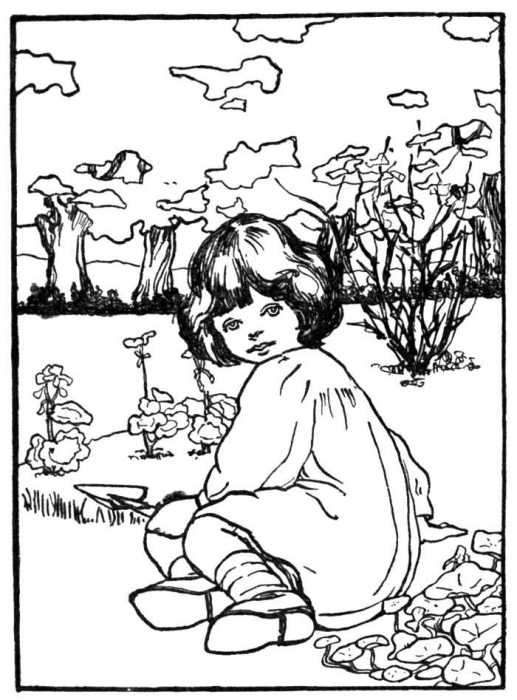
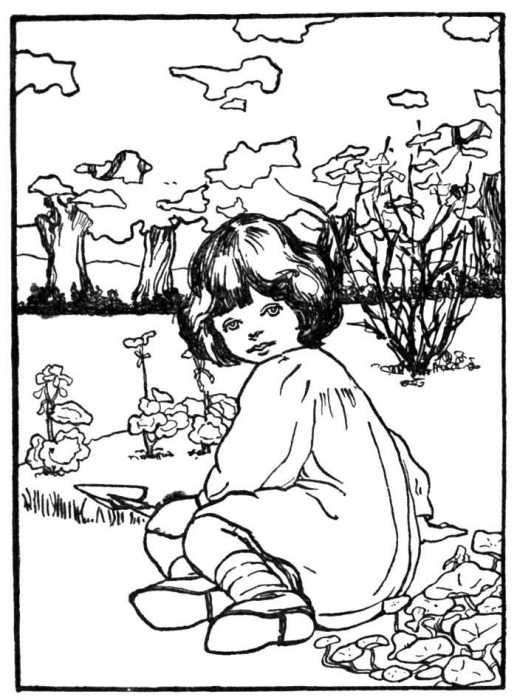
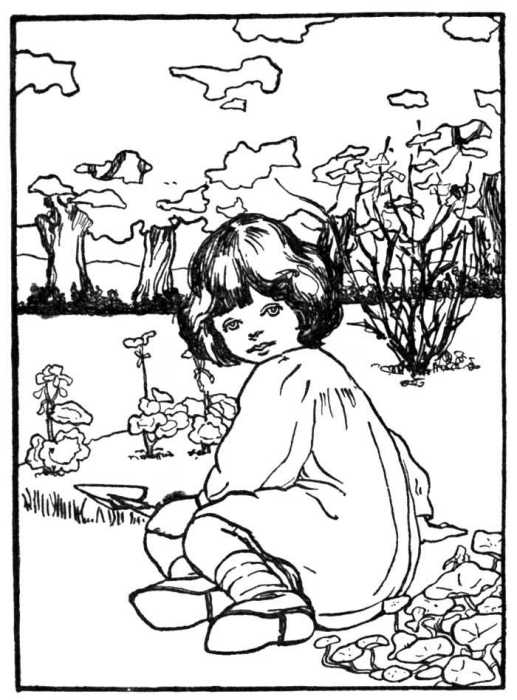
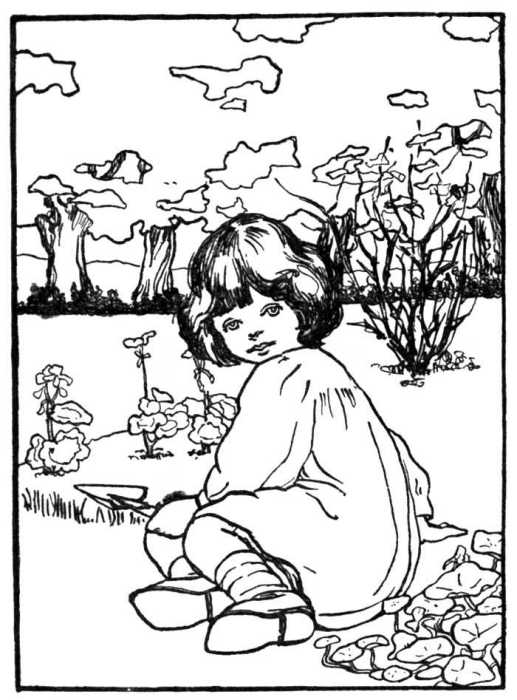
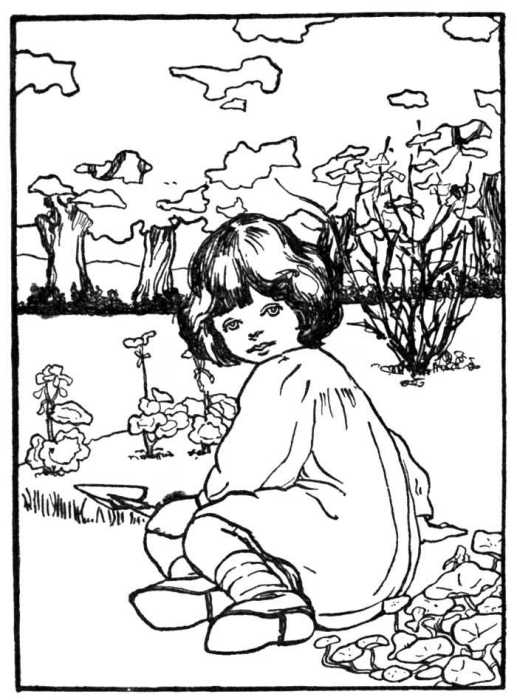
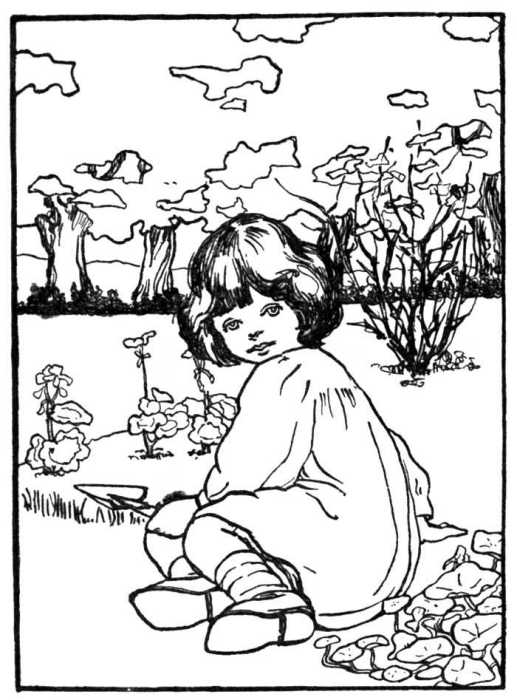
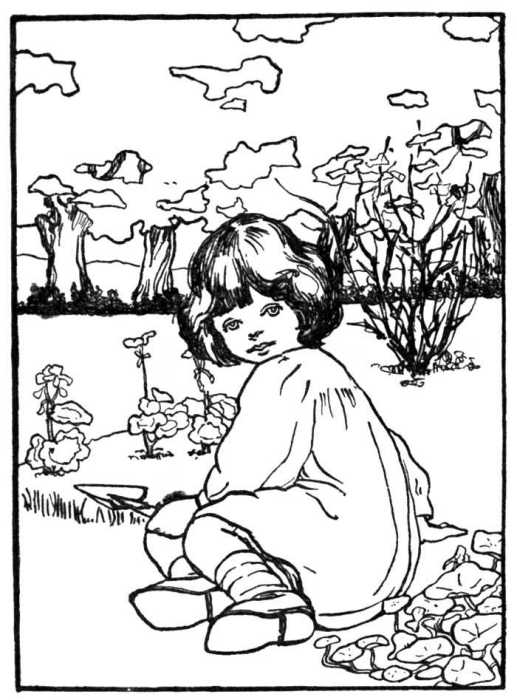
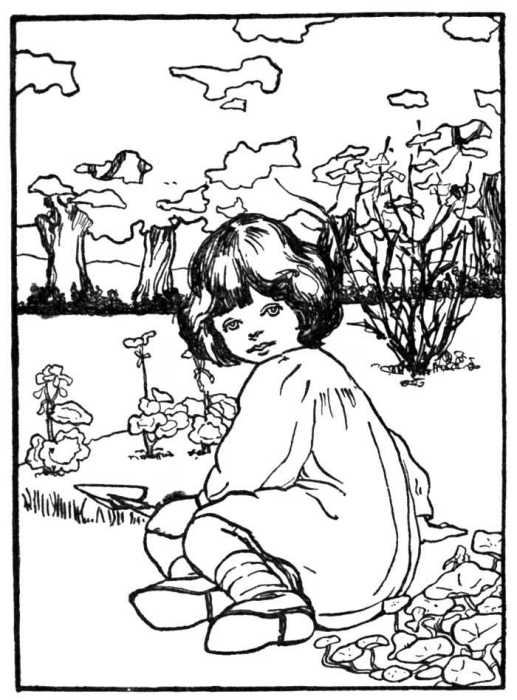
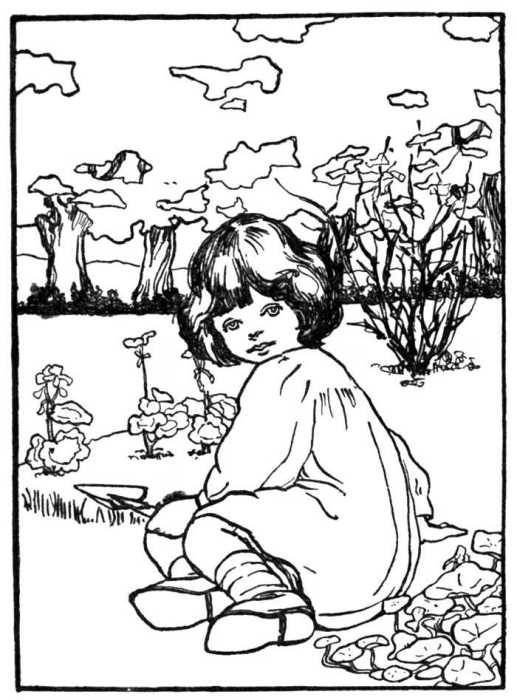
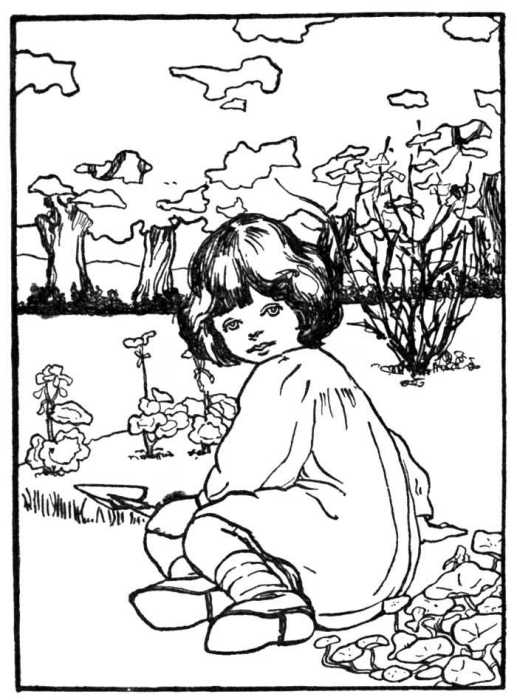
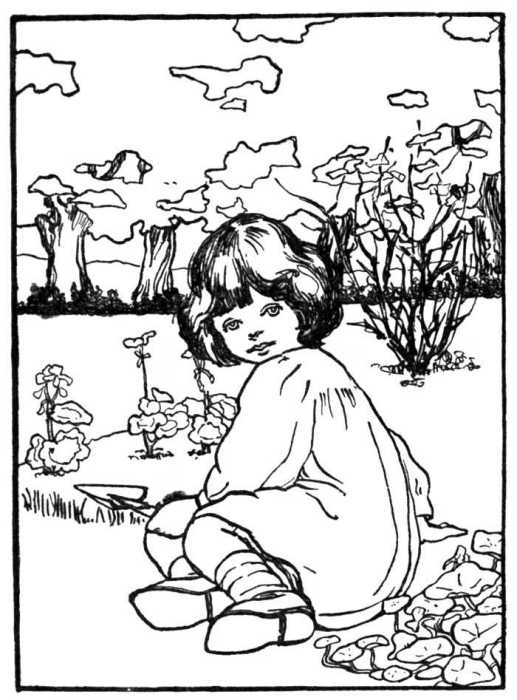














Comments